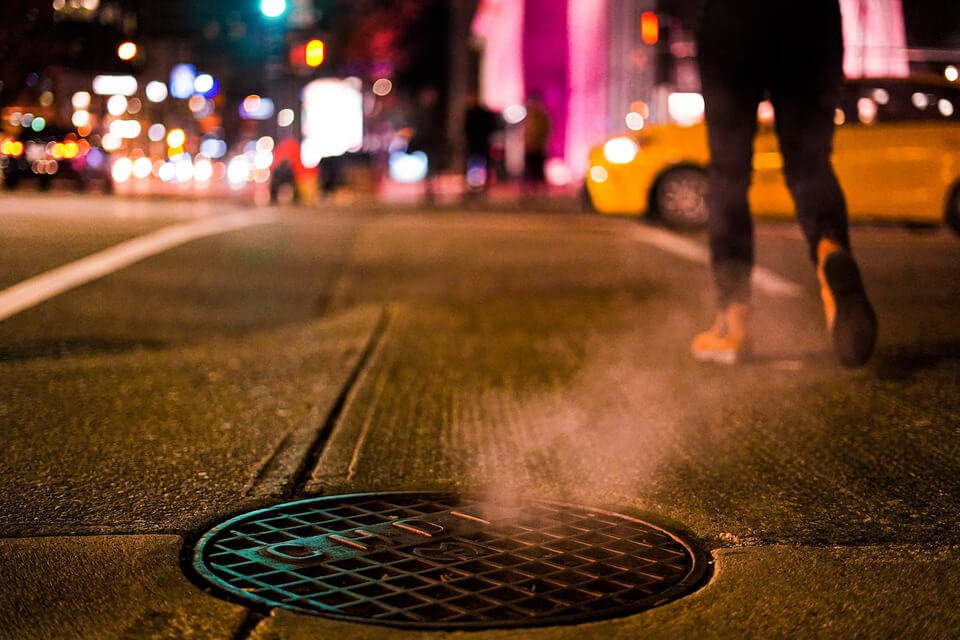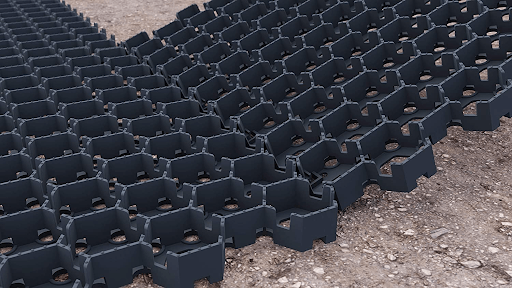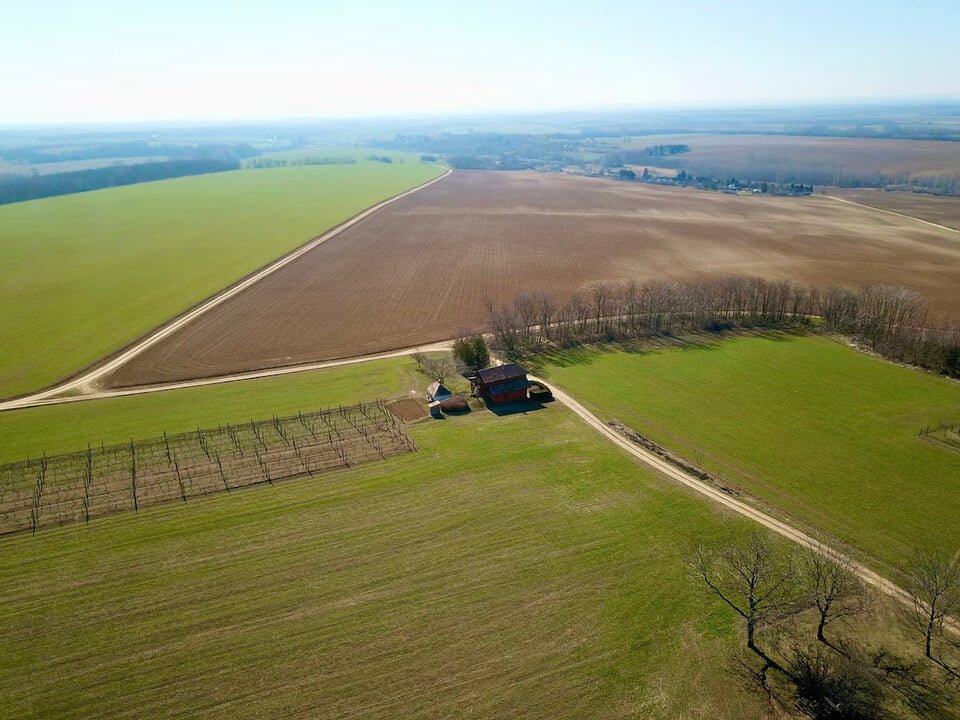Manholes are ubiquitous parts of urban infrastructure that often pass underfoot completely unnoticed. Yet, manholes and their covers are a crucial part of our cities. Manholes provide access to underground utilities like electricity, communications, water, and sanitation.
Because they serve such vital functional needs, but are so often overlooked, we’re going to take a closer look at manholes and answer some commonly asked questions about these omnipresent pieces of our built environment.
Why Are Manhole Covers Round?
The foremost reason why the standard manhole cover is made in a circular shape is actually for safety and security reasons.
Because manhole covers typically cover a round shaft, circular covers cannot fall into the opening of the manhole, whereas a square cover or rectangular cover could potentially fall through if it were not properly aligned. This design feature helps avoid the threat of a manhole cover falling down on to anyone who might be below ground, which is an extremely serious potential health and safety risk for many different types of workers.
Each manhole cover is built to support a great deal of weight, which is another reason why they are designed in a circular shape. Round manhole covers offer greater strength than any other shape because their structure transfers the weight evenly across its circumference. By comparison, a square manhole cover would require additional engineering for the same level of stability and strength.
Manhole covers, which are typically round, go hand-in-hand with the cylinder as the strongest shape for a hole. This is because of their shape’s resistance to compression which is necessary for protecting against the pressure and weight of the earth that surrounds manholes. As such, this makes cylinders far easier and more efficient for digging and maintaining holed shapes due to its ability to protect against external force from the surrounding environment.
How Heavy Are Manhole Covers?

Manhole covers can vary in weight depending on their size and material. In general, standard cast iron manhole covers weigh anywhere from 100 to 250 pounds (roughly 45-113 kg). The weight of a manhole cover is important because it must be heavy enough to stay in place and discourage manhole cover theft, as missing manhole covers are a clear threat to public safety, but not so heavy that it is difficult to remove when necessary.
More modern manhole covers are made from alternative materials, such as PPE plastic, and they can weigh as little as 25 pounds (about 11 kg), while still being strong enough to drive over.
Why Are Some Manhole Covers Square Instead of Round?
You may have seen manhole covers with four distinct edges, giving the impression that they are rectangular or square in shape. However, manhole covers should actually be round as this design provides greater longevity and strength. It is likely that these square-shaped manhole covers are not manholes at all; rather, they are access panels for utility boxes located beneath the surface.
This can include cable boxes, electrical wiring junction boxes, water valves and sewage pipes. Access panels provide a crucial service by allowing maintenance workers to quickly and easily access the utilities below without having to open a manhole cover. Ultimately, while they may appear to be square-shaped manholes — these oddly shaped lids are merely providing access to utilitarian systems buried just below the ground.
What Are Manhole Covers Made of?

Traditional manhole covers are typically made of cast iron. Cast iron is a strong and durable material that has long been used to make manhole covers. It is resistant to rust and can withstand heavy loads, making it a good choice for use in areas with heavy foot or vehicle traffic.



Leave a comment
This site is protected by hCaptcha and the hCaptcha Privacy Policy and Terms of Service apply.